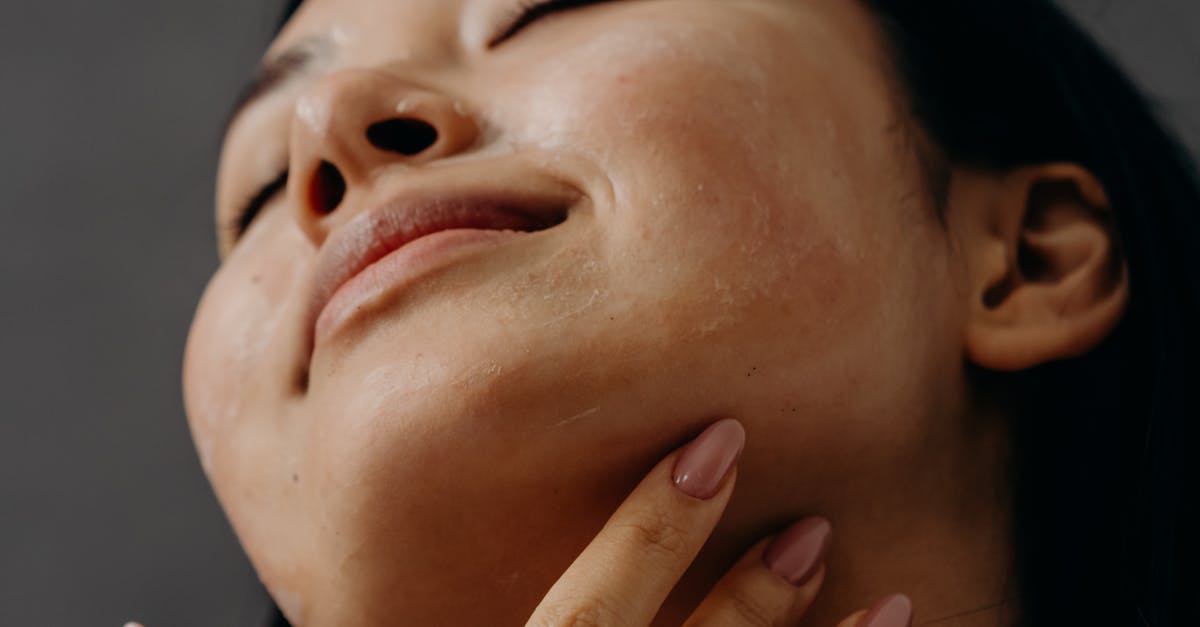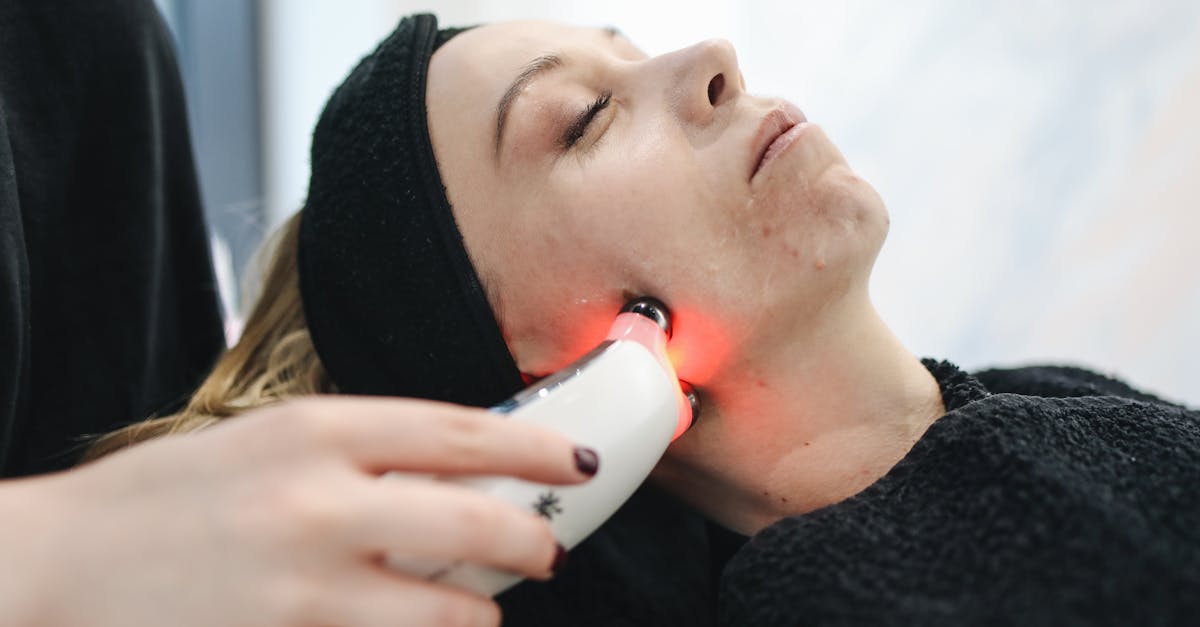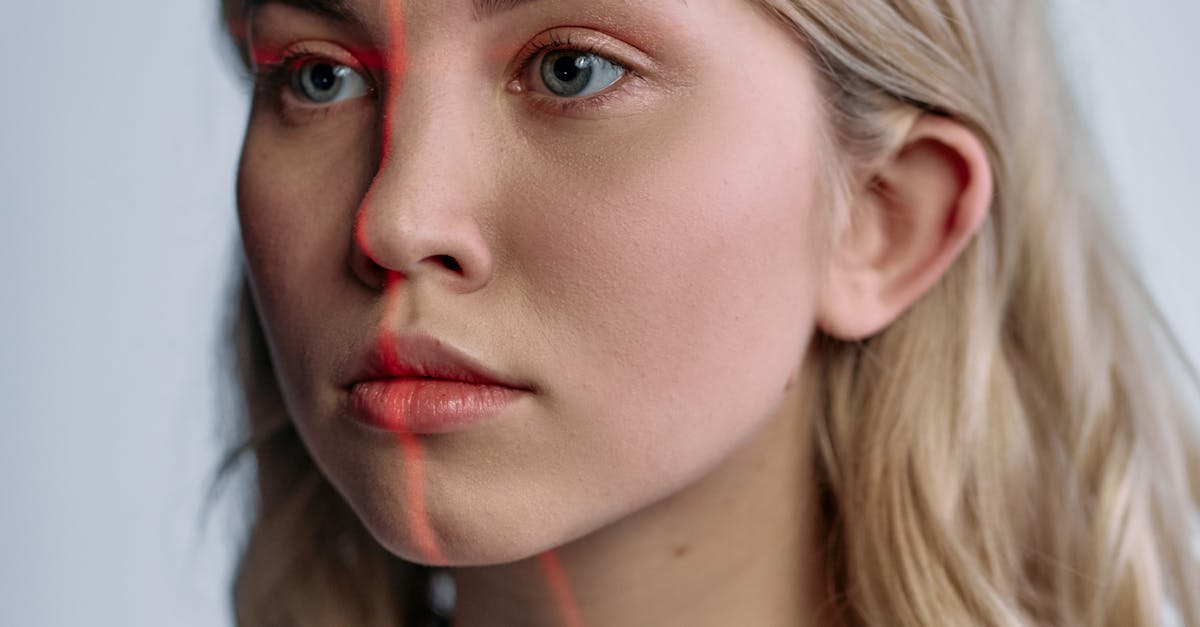
NYCosmeticSurgery.net offers professional and innovative laser skin resurfacing services to help clients achieve a smoother, younger-looking complexion. Using state-of-the-art laser technology, our experienced cosmetic surgeons can target and treat a variety of skin concerns such as wrinkles, fine lines, age spots, acne scars, and uneven texture. The procedure is safe, effective, and minimally invasive, resulting in improved skin tone and texture with minimal downtime. Whether you are looking to reverse the signs of aging or rejuvenate your skin's appearance, NYCosmeticSurgery.net is dedicated to providing top-quality results and exceptional care to help you achieve your desired aesthetic goals.
Risks and Side Effects of Laser Skin Resurfacing
Laser skin resurfacing, whether utilizing CO2 or erbium:YAG laser technologies, is a popular cosmetic procedure that aims to reduce the appearance of wrinkles, scars, and other skin imperfections. While effective, this therapy does come with potential risks and side effects that patients should be aware of. Common side effects may include redness, swelling, and discomfort immediately following the treatment, though these usually subside within a few days. In some cases, patients may experience temporary changes in skin color, such as hyperpigmentation or hypopigmentation. Proper post-treatment care, including the use of recommended ointments and sunscreen, can help minimize these effects.
Complications from laser resurfacing can include infection, scarring, and changes in skin texture. It's crucial for patients to follow pre- and post-treatment guidelines as provided by their dermatologist or plastic surgeon to mitigate these risks. Those with darker skin tones may be at higher risk for pigmentation irregularities, such as post-inflammatory hyperpigmentation. Ensuring the procedure is performed by a qualified physician who understands the intricacies of different skin types and wavelengths of light energy can help reduce the likelihood of adverse outcomes. Overall, while laser skin resurfacing has the potential to deliver impressive results in rejuvenating the skin, understanding and preparing for the associated risks is paramount for a successful treatment journey.
Understanding Potential Complications
Understanding potential complications of laser skin resurfacing is crucial for both patients and medical professionals. While this cosmetic procedure can bring about significant improvements in skin texture and tone, there are risks that need to be considered. Some common complications include temporary redness, swelling, and itching, which typically resolve within a few days. However, more serious side effects such as infection, scarring, or changes in skin pigmentation can occur, though they are rare when the procedure is performed by a qualified plastic surgeon.
Patients should be aware of the importance of disclosing their full medical history to their healthcare provider before undergoing laser skin resurfacing. Factors such as a history of cold sores, skin lesions, or recent sunburn can impact the treatment plan and potential outcomes. Additionally, certain medications like aspirin or steroids may need to be adjusted to reduce the risk of adverse effects during and after the procedure. By maintaining open communication with their medical team and following post-treatment care instructions diligently, patients can help minimize the likelihood of complications and achieve optimal results from their laser resurfacing treatment.
Personalized Laser Resurfacing Plans
When considering personalized laser resurfacing plans, it is crucial to take into account individual needs and expectations. Each person's skin type, concerns, and desired outcomes play a significant role in tailoring the most suitable treatment approach. Factors such as the severity of acne scars, the frequency of treatments required, and the specific type of atrophic scars present are all key elements in developing a personalized plan. Moreover, advancements in laser technology have enabled cosmetic surgeons to target different layers of the skin, including the collagen fibers, sebaceous glands, and hair follicles with precision.
Furthermore, the selection of the appropriate laser tool is an essential aspect of creating a personalized treatment plan. Diode lasers, yttrium aluminum garnet (YAG) lasers, and intense pulsed light (IPL) devices are commonly utilized in laser skin resurfacing procedures for a wide range of concerns, including facial rejuvenation, skin tightening, and reduction of wrinkles and fine lines. Understanding the nuances of each laser type and their specific wavelengths helps the surgeon tailor the treatment to address individual needs effectively. By incorporating these personalized approaches, patients can expect optimal results while minimizing the risk of adverse effects.
Tailoring Treatments to Individual Needs
When it comes to laser skin resurfacing, one size does not fit all. Each individual has unique skin concerns, conditions, and goals, which is why personalized treatment plans are essential for achieving optimal results. By tailoring laser resurfacing treatments to meet the specific needs of each patient, cosmetic surgeons can address issues such as skin aging, acne scars, sun damage, and more effectively. Factors like skin type, severity of skin conditions, and desired outcomes all play a significant role in determining the most suitable laser technologies and techniques to be used.
Understanding the individual needs of the patient also involves considering their medical history, current medications, and any previous treatments they have undergone. Pre-existing conditions like acne lesions, scar tissue, or actinic keratoses require careful evaluation to determine the most appropriate approach for laser resurfacing. Surgeons may need to make adjustments to the treatment plan, such as choosing a specific wavelength of laser light, modifying the intensity of the treatment, or combining laser resurfacing with other therapies for enhanced results. By taking into account the unique characteristics and concerns of each patient, cosmetic surgeons can tailor laser skin resurfacing treatments for maximum effectiveness and safety.
Combination Therapies with Laser Resurfacing
Combination therapies with laser skin resurfacing have become increasingly popular in the field of cosmetic surgery. By integrating different treatments alongside laser resurfacing, cosmetic surgeons can optimize results and address a broader range of concerns. For instance, combining laser resurfacing with topical medications such as isotretinoin can enhance the skin's response to the treatment and improve outcomes for patients dealing with acne scars or skin irregularities. This multi-faceted approach allows for a more comprehensive and personalized treatment plan tailored to the individual's specific needs and desired results.
Moreover, utilizing laser resurfacing in conjunction with minimally invasive procedures like facial injections or other skin rejuvenation techniques can further enhance the overall aesthetic outcomes. For individuals looking to address multiple signs of aging or skin issues, combining laser treatments with procedures like dermal fillers or Botox injections can offer a more holistic approach to facial rejuvenation. By customizing combination therapies to target various concerns such as wrinkles, uneven skin tone, or volume loss, cosmetic surgeons can provide patients with a comprehensive solution that effectively addresses their cosmetic goals and enhances the overall results of laser skin resurfacing.
Enhancing Results with Additional Procedures
Additional procedures can be combined with laser skin resurfacing to further enhance results and address specific skin concerns. One common additional procedure is the use of Fraxel lasers, which work by ablating microscopic portions of the skin. This method can stimulate collagen production and improve the overall texture and appearance of the skin. Dermatologists or healthcare professionals may recommend complementary treatments like skin-peeling agents or microdermabrasion to optimize the effects of laser resurfacing.
In some cases, individuals may benefit from combining laser skin resurfacing with treatments like chemical peels or intense pulsed light therapy to target multiple skin issues simultaneously. This approach can be particularly effective for addressing concerns such as hyperpigmentation, acne scars, or fine lines. By customizing treatment plans to suit individual needs, dermatologists can achieve comprehensive results that cater to each patient's unique skin type and concerns. The use of combination therapies with laser resurfacing demonstrates the versatility and effectiveness of integrating multiple treatment modalities for achieving optimal skin rejuvenation outcomes.
FAQS
What is laser skin resurfacing?
Laser skin resurfacing is a cosmetic procedure that uses concentrated beams of light to improve the appearance of skin by targeting specific skin concerns like wrinkles, scars, and sun damage.
How does laser skin resurfacing work?
During the procedure, the laser energy penetrates the skin to stimulate the production of collagen, which helps to promote skin regeneration and improve texture and tone.
Is laser skin resurfacing safe?
Laser skin resurfacing is generally considered safe when performed by a qualified and experienced professional. However, like any cosmetic procedure, there are risks and potential side effects to consider.
What are the common risks and side effects of laser skin resurfacing?
Common risks and side effects of laser skin resurfacing may include redness, swelling, itching, and temporary changes in skin pigmentation. In rare cases, more serious complications such as infection or scarring may occur.
How can I minimize the risks of laser skin resurfacing?
To minimize the risks of laser skin resurfacing, it is important to follow all pre- and post-procedure care instructions provided by your healthcare provider, avoid sun exposure, and inform your provider about any medical conditions or medications you are taking.


